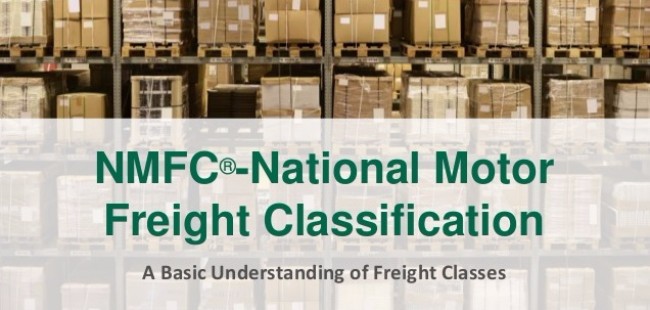In this article I will explain the freight class codes and their importance. Before i start talking about these codes I want to make short overview for the trucking business and the conditions that the trucking industry is facing today.
Being in the trucking business is not easy because you need to deal with the The Department of Transportation (DOT), Safety and Fitness Electronic Records System (SAFER), The United States Environmental Protection Agency (EPA), Occupational Safety and Health Administration OSHA regulations. On the top of these regulations you need to find the best truck drivers because their driving behavior affect on your safety rating.
Source: LinkedIn
One of the things that you have to take care of is the correct code classification of your freight.
National Motor Freight Classification is published by the NMFTA – National Motor Freight Traffic Association and provides separation of the goods moving in different distances: internationally, interstate and intrastate commerce. The National Motor Freight Classification is developed by the CCSB or Commodity Classification Standards Board.
Commodities are separated in 18 classes. Class 50 is the lowest and class 500 in on the top.
Source: Youtube
The class grouping is based on four characteristics:








